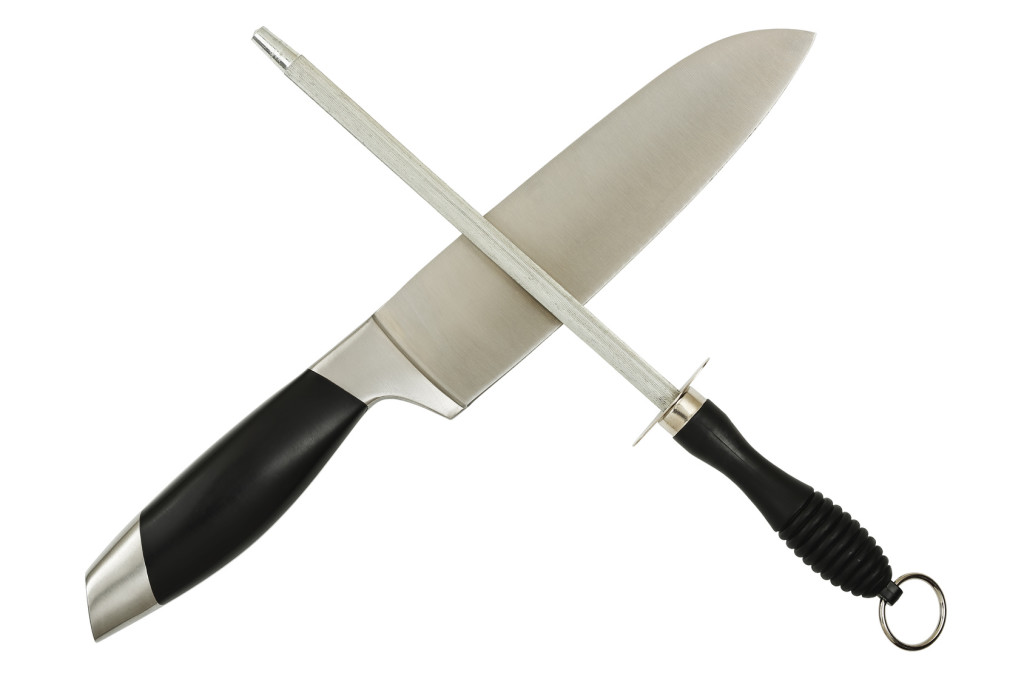Keeping your knives sharp makes them both safer and more effective. Unfortunately, it doesn’t take long for a knife to lose its edge. Plus, it can be difficult to get a knife back to the razor sharpness it had when it left the assembly line.
To make matters worse, it’s quite easy to do more harm to a blade than good if you don’t know how to sharpen it correctly.
The next time you go to sharpen any of your knives, stop and ask yourself if you’re making any of these edge-killing mistakes.
Relying on Jigs
From Jeff Peachey:
Not relying on jigs will give you much more freedom, and speed, in sharpening a variety of tools. Many bookbinding knives do not fit it standard jigs, which are often designed for woodworking tools. The hand motions and muscle memory necessary to sharpen freehand is often very similar to the skills necessary to use the knife properly. Throw away your crutches and walk!
Going Too Long In-Between Sharpenings
From Edge Experts:
Waiting until a knife is too dull makes it a lot harder to get the knife sharp without an aggressive sharpener like an electric. It is far better to use to a quick touch up on a manual sharpener each time you use your knife to keep it sharp. To re-sharpen a very dull edge requires you to remove a significant amount of material.
Applying Too Much Pressure
From Lanskey Sharpeners:
The number one issue I see with people trying to learn how to sharpen is using too much force. Just the weight of your hands is enough, with the proper skill, to get a blade sharp. If you’re putting too much muscle into sharpening and not receiving ideal results then I bet that’s your culprit.
What Else Should You Look Out For?
Do you know of any other common sharpening mistakes? Tell us about them in the comments.
